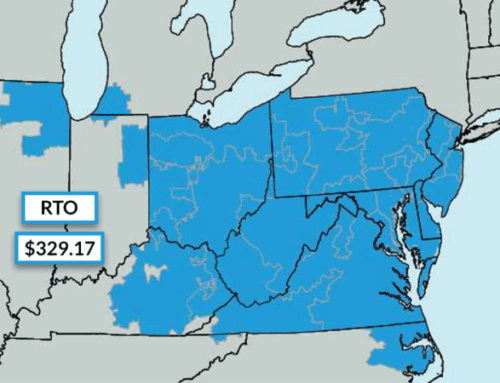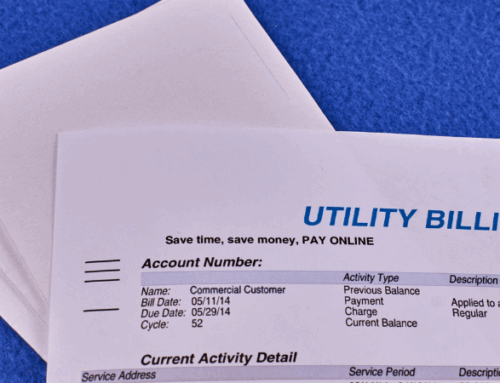Energy subsidies play a crucial role in shaping the energy economy by supporting investment into various energy technologies and initiatives. These financial incentives help reduce the cost of energy projects, encourage investment in new sustainable technologies, and promote energy security. This article delves into the concept of energy subsidies, explores the different types of subsidies and incentives available, and evaluates their impact on the energy industry.
What Is An Energy Subsidy?
An energy subsidy refers to a financial incentive provided by the government or local utility company to reduce the cost of an energy project or energy production. This support can take various forms, such as:
- direct financial infusion
- tax incentives
- price controls
- research and development funding
An example of an energy subsidy is the federal tax credits provided to consumers who elect to install solar panels at their homes or businesses. Today, that tax credit equates to 30% of the total system cost and is a great benefit that incentivizes investment in renewable energy.
What Energy Source Receives The Most Subsidization?
Fossil fuels, particularly oil and gas, are among the most heavily subsidized energy sources globally. In the United States, the biggest subsidy is for the fossil fuel industry, with significant tax breaks and incentives aimed at maintaining a stable natural gas supply and supporting oil production. In fact, there are many investment vehicles in the U.S. that allow private citizens to receive tax breaks for investing in oil and gas production operations.
On the other hand, renewable energy subsidies are also substantial, with federal and state governments promoting solar, wind, and other clean energy technologies. These energy subsidies drive the renewable energy trends that are shaping the global energy transition today.
What Are The Benefits Of These Subsidies?
Energy subsidies offer several benefits, including lowering energy costs for consumers, encouraging the adoption of new technologies, and enhancing energy security. By subsidizing energy projects, governments can support the development of renewable energy, reduce dependency on fossil fuels, and mitigate energy industry challenges. Additionally, subsidies can stimulate economic growth by creating jobs in the energy sector and driving innovation in energy risk management.
How Much Does The U.S. Subsidize Energy?
The U.S. government provides substantial subsidies across the energy sector, including to both the fossil fuel and renewable energy sectors. In 2023, federal subsidies for fossil fuels were estimated to be in the tens of billions of dollars, while renewable energy subsidies were north of $15 billion dollars. The government also subsidizes electricity, particularly through support for commercial solar and other renewable energy projects, that promote cleaner and more sustainable energy sources.
How Can Energy Subsidies Affect Your Business?
Government and utility subsidies have a profound impact on businesses in the energy sector. Subsidies can lower operational costs, make energy projects more financially viable, and help with renewable energy investment. For example, commercial solar energy companies benefit from subsidies that reduce the initial capital investment required for projects. Subsidies also help businesses manage energy risk by stabilizing prices and ensuring a reliable energy supply. However, reliance on subsidies can also pose challenges, as changes in energy policy can affect business stability and planning.
Want To Learn More?
Energy subsidies are a vital tool for shaping the energy landscape, supporting both fossil fuels and renewable energy sources. They also provide numerous benefits to consumers, from reducing energy costs to promoting innovation and sustainability. If you are interested in exploring how energy subsidies can impact your organization, contact our team today. We are up to date on the latest subsidies and incentives available in the market today.



